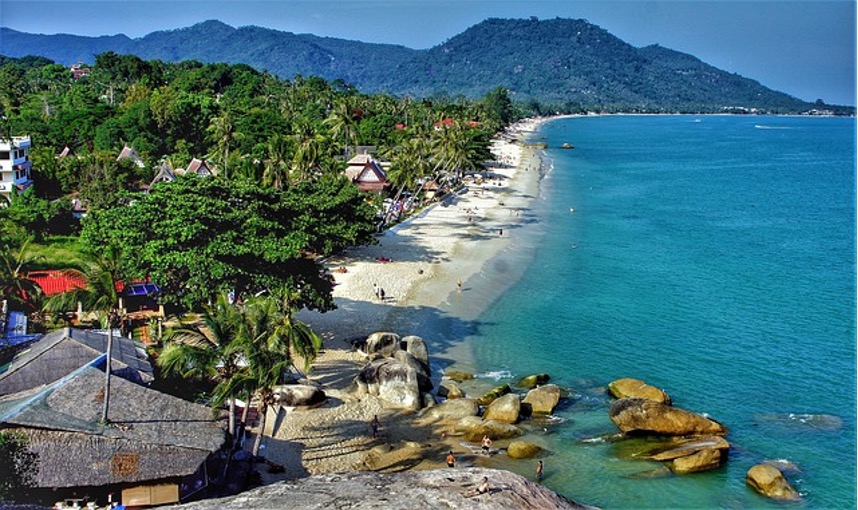The Best (and Worst) Digital Nomad Visas.

Getting a digital nomad visa is the fastest way to move abroad for many people.
Forty-five countries offer such visas, which allow you to stay for an extended time as long as you can support yourself from overseas employment.
The most attractive countries for digital nomads are those that combine…
- A low cost of living
- Travel-worthy location
- Easy application, and
- A visa that lasts at least one year
That’s why southern Europe (Portugal, Spain, Greece), Central America (Costa Rica, Panama), and the Caribbean islands dominate.
But other parts of the world are getting in on the act—including Southern Africa and Southeast Asia.
Southeast Asia should be a no-brainer for digital nomads. It ticks all the boxes, especially cost of living and regional travel opportunities.
But countries offering such visas—Thailand, Indonesia, and Malaysia—have struggled to attract applicants.
The problem is bureaucracy.
For example, Thailand created a visa for self-employed remote workers back in May. It’s valid for five years. But you’re only allowed to stay for 180 days at a time, after which you must leave and return. It’s easier and cheaper to use a 60-day tourist visa and do regular visa runs to a neighboring country.
Then there’s the cost and hassle factor. Indonesia’s E33G remote worker visa lets you work for one year and bring family members. But it comes with many requirements, including an annual salary of $60,000 and lots of paperwork and fees. Most people find it easier to come in on a 60-day tourist visa and do a visa run to Singapore every two months.
The third issue is the hoops you have to jump through. Nomads report that Malaysia, for example, demands very strong applications and goes through everything with a fine-tooth comb. With so many other countries offering digital nomad visas of longer duration, lower cost, and less hassle, Malaysia has seen little uptake.
When it comes to global migration, the world is a marketplace, and countries are competing for customers.
Some countries are so attractive, especially those in the European Union (because you can travel across the continent; and you have great infrastructure, culture, etc.), that they can get away with being more demanding.
But newer entrants to the market are discovering that sunshine, beaches, and palm trees aren’t always enough.
In South Africa where I live, for example, the government announced a digital nomad visa some years back. But ideological resistance to foreign workers led to endless dithering at the Department of Home Affairs. When the visa was finally announced, it came with a ton of conditions, just like the Southeast Asia options. On top of that, Home Affairs’ notorious incompetence has already resulted in long backlogs for potential nomads.
Countries offer digital nomad visas because they want to attract foreigners’ skills and money to boost their local economies.
With dozens of countries trying to attract the same pool of nomads, you can expect requirements to get easier over time… or countries that aren’t willing to change to be forced out of the market.
(Ready to move abroad, or considering your options? If you want to discuss your visa options with me personally… book a consult with me right here.)
Not signed up to Jeff’s Field Notes?
Sign up for FREE by entering your email in the box below and you’ll get his latest insights and analysis delivered direct to your inbox every day (you can unsubscribe at any time). Plus, when you sign up now, you’ll receive a FREE report and bonus video on how to get a second passport. Simply enter your email below to get started.
